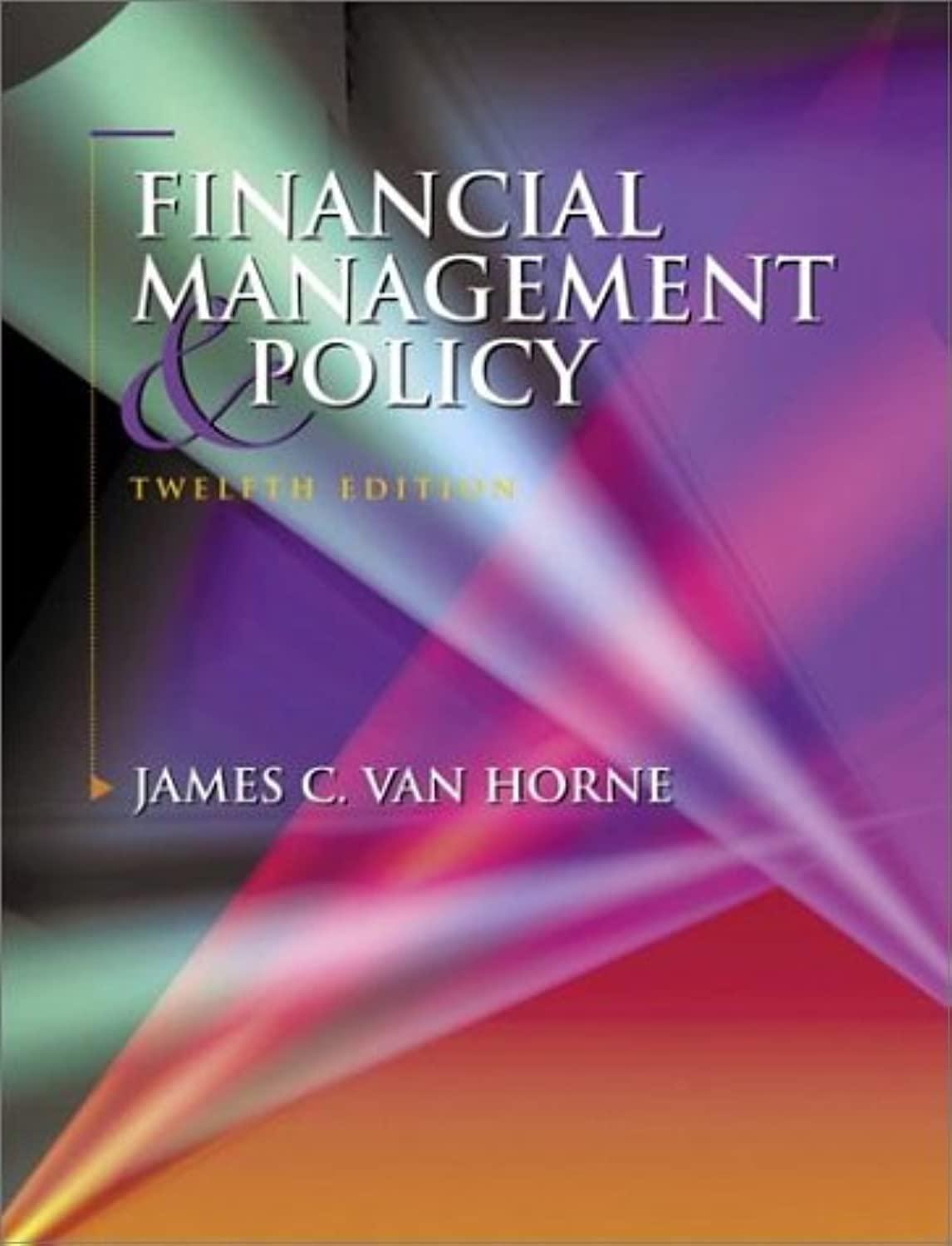
 Need helping filling out the chart. Not sure if current answers are correct.
Need helping filling out the chart. Not sure if current answers are correct.
CAPEX Problem Instructions Using the following assumptions, Calculate the NPV and IRR for a Base Case, a Downside Case, and an Upside Case Note that the worksheet has spaces for each case, set up (hopefully) in print friendly format. Assumptions: Kinston Pachaging is considering expanding its capacity by purchasing a new machine, the XC-450. The cost is $2.75 million. Unfortunately, installing this machine will take several months and will partially disrupt current production. The firm has just completed a $50,000 feasibility study to analyze the decision to buy the XC-750, resulting in the following estimates: Marketing: Once the XC-750 is operational next year, the extra capacity is expected to generate $10 million per year in additional sales which will continue for the ten-year life of the machine. Operations: The disruption caused by the installation will decrease sales by $5 million this year. As with Kinston's existing products, the cost of goods for the producted produced by the XC-750 is expected to be 70% of their sale price. The increased production will also require increased inventory on hand of $1 million during the life of the project, including year 0. Human Resources: The expansion will require additional sales and adminstrative personnel at a cost of $2 million per year. Accounting: The XC-750 will be depreciated via the straight line method over the ten-year life of the machine. Consistent with current experience, the firm expects receivables to be 15% of revenue and payables to be 10% of cost of goods sold on ANY incermental business associated with this project (positive or negative). Kinston's marginal tax rate is 35%. No salvage value is assumed for the machine. COO's instructions: While the base case assumptions seem reasonable, she believes that actual sales could range from $8 million to $12 million. Therefore she has asked that you determine both the NPV and IRR for not only the base case, but also for a downside and upside. 1 BASE CASE Year 0 (4.00) (2.80) Year 1 10.00 7.00 2.00 (0.28) 1.28 0.45 0.83 Year 2 10.00 7.00 2.00 (0.28) 1.28 0.45 0.83 Year 3 10.00 7.00 2.00 (0.28) 1.28 0.45 0.83 Year 4 10.00 7.00 2.00 (0.28) 1.28 0.45 0.83 Year 5 10.00 7.00 2.00 (0.28) 1.28 0.45 0.83 Year 6 10.00 7.00 2.00 (0.28) 1.28 0.45 0.83 Year 7 10.00 7.00 2.00 (0.28) 1.28 0.45 0.83 Year 8 10.00 7.00 2.00 (0.28) 1.28 0.45 0.83 Year 9 10.00 7.00 2.00 (0.28) 1.28 0.45 0.83 Year 10 10.00 7.00 2.00 (0.28) 1.28 0.45 0.83 (1.20) (0.42) (0.78) Incr. Sales COGS @ 70% Incr. fixed costs Depreciation EBIT Tax @ 35% NI B Capital Expenditure AWC s Depreciation add-back Net Cash Flow 3 NPV @ 10% IRR (2.75) (1.12) (0.28) (0.57) 0.00 (0.28) 0.55 0.00 (0.28) 0.55 0.00 (0.28) 0.55 0.00 (0.28) 0.55 0.00 (0.28) 0.55 0.00 (0.28) 0.55 0.00 (0.28) 0.55 0.00 (0.28) 0.55 0.80 (0.28) 1.35 (3.53) (0.84) 0.06 0.60 Incr. A/R Incr. Iny Incr A/P Total incr. WC S A WC (0.28) 0.32 0 (1.50) 0.00 0.70 (0.80) (1) (1.50) 0.00 0.70 (0.80) 0 (1.50) 0.00 0.70 (0.80) 0 (1.50) 0.00 0.70 (0.80) 0 (1.50) 0.00 0.70 (1) 0 (1.50) 0.00 0.70 (1) 0 (1.50) 0.00 1 (1) 0 (1.50) 0.00 1 (1) 0 (1.50) 0.00 1 (1) 0 0 1 3

 Need helping filling out the chart. Not sure if current answers are correct.
Need helping filling out the chart. Not sure if current answers are correct. 





